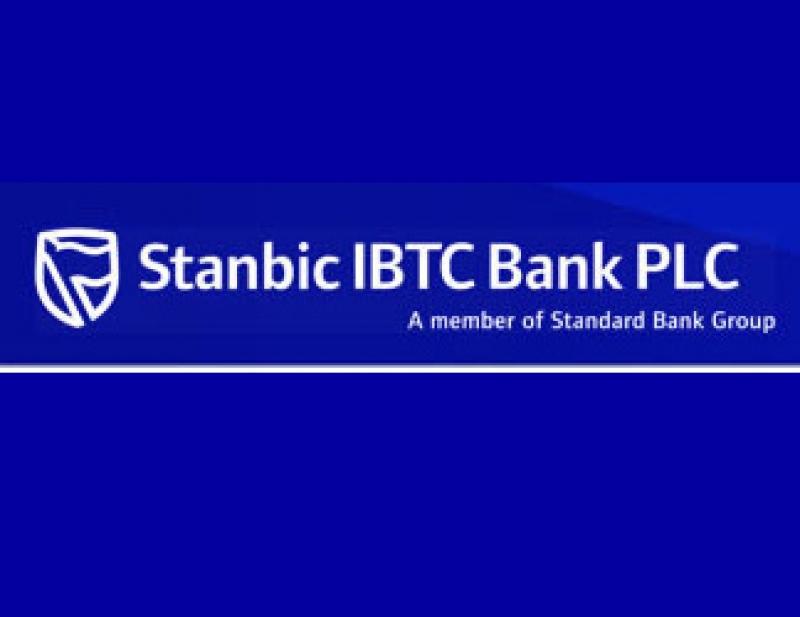By Dipo Olowookere The national scale ratings of AA-(NG) and A1+(NG) in the long and short term respectively have been assigned to Stanbic IBTC Bank Plc by Global Credit Ratings (GCR).
According to a statement issued by the rating agency, Stanbic IBTC’s competitive position strengthened in FY17, underpinned by an improved market share of 3.9% (FY16: 3.1%) based on total industry assets.
A key rating strength is the implied financial and technical support from its ultimate parent, SBG (the largest banking group in Africa, in terms of balance sheet size and earnings).
Stanbic IBTC is a Tier 2 bank wholly owned by Stanbic IBTC Holdings PLC, which is a member of the Standard Bank Group.
Stanbic IBTC is considered adequately capitalised for its current risk level, with a relatively stable regulatory risk weighted capital adequacy ratio (CAR) of 20.5% at FY17 (FY16: 21.0%), well above the regulatory minimum of 10%.
Shareholders’ funds registered at N138.7bn at FY17, representing a four-year compounded annual growth rate (“CAGR”) of 16.9% over the review period.
Asset quality came under pressure in FY17 on the back of the challenging macro-economic environment constraining debt serviceability of obligors. As a result, the bank’s non-performing loans (NPL) rose by a notable 69.5% to N31.7 billion, translating to NPL ratio of 7.9% at FY17 (FY16: 5.0%), above CBN’s tolerable limit of 5%.
Notwithstanding this, specific provision coverage of NPLs improved to 65.9% (FY16: 59.9%).
According to management, intensified effort on recoveries as well as loan restructuring within troubled sectors (particularly communication, real estate and oil and gas) is expected to positively impact on asset quality going forward.
Stanbic IBTC maintains a conservative funding and liquidity profile, with a sizeable portion of its assets held in cash and highly liquid investment securities.
In this regard, the bank’s regulatory liquidity ratio was maintained above 72.1% throughout FY17, against the required minimum of 30%. Also, the bank’s liquid and trading assets to total short-term funding ratio of 68.9% compares favourably with peers’ average at FY17.The bank reported an after tax profit of N28.8 billion in FY17, representing a notable 91.9% year-on-year growth. While net interest income was largely supported by improved investment yields, non-interest income was driven by increased earnings from the trading book (fixed-income and foreign exchange gains).Overall, key profitability indicators strengthened, with returns on average equity and assets (ROaE and ROaA) improving to 23.3% and 2.6% (FY16: 14.7% and 1.6%) respectively.At 1Q FY18, the bank posted a pre-tax profit […]
